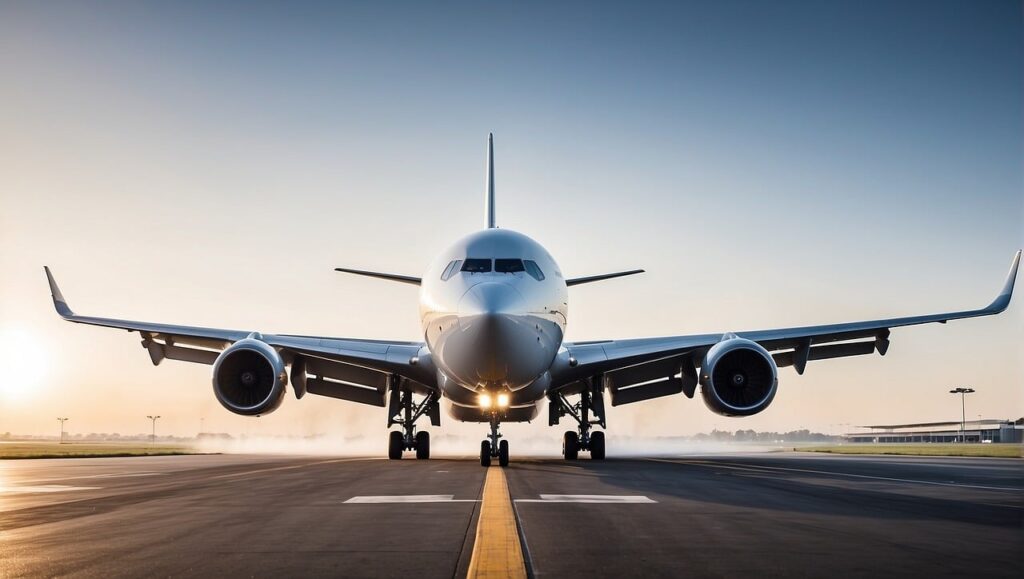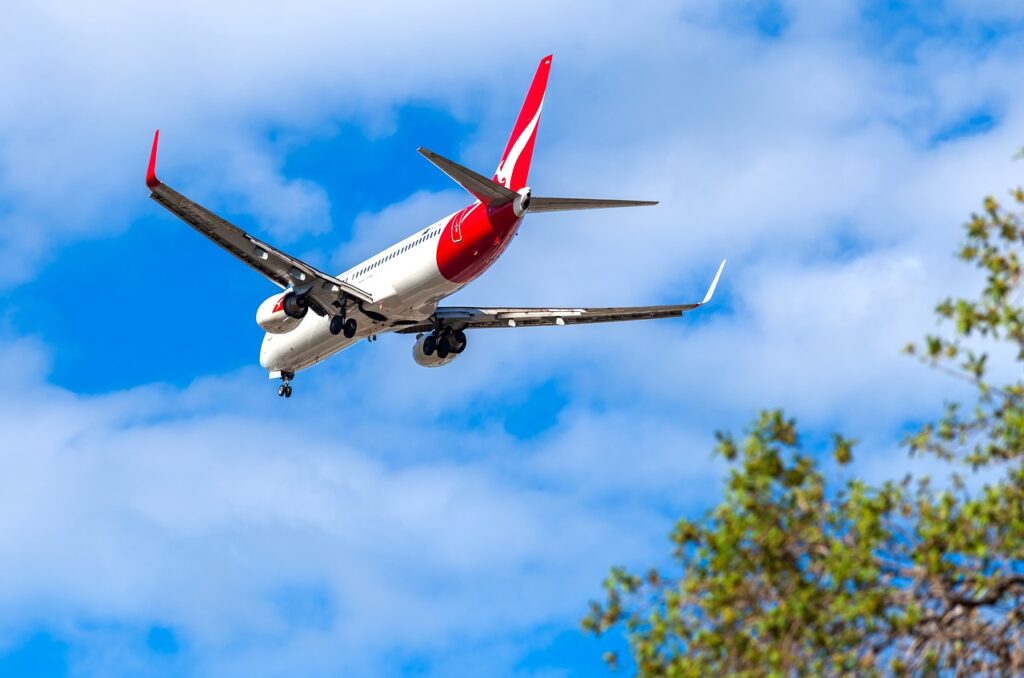Australia has a comprehensive immigration system designed to manage the flow of people into the country, addressing economic needs, humanitarian obligations, and family reunification. Here are the key aspects of Australian immigration:
Visa Categories
- Skilled Migration:
- Skilled Independent Visa (Subclass 189): For skilled workers who are not sponsored by an employer, state, or family member. It is points-tested based on age, skills, work experience, and English proficiency.
- Skilled Nominated Visa (Subclass 190): For skilled workers nominated by an Australian state or territory government. Also points-tested.
- Skilled Work Regional (Provisional) Visa (Subclass 491): For skilled workers willing to live and work in regional Australia. It is also points-tested and involves state or territory nomination.
- Employer-Sponsored Migration:
- Temporary Skill Shortage Visa (Subclass 482): Allows employers to address labor shortages by bringing in skilled workers. It has short-term, medium-term, and long-term streams.
- Employer Nomination Scheme (Subclass 186): For skilled workers nominated by their employer for permanent residence.
- Regional Sponsored Migration Scheme (Subclass 187): For skilled workers nominated by an employer in regional Australia.
- Family Migration:
- Partner Visas (Subclass 820/801 and 309/100): For spouses or de facto partners of Australian citizens, permanent residents, or eligible New Zealand citizens.
- Parent Visas (Subclass 103, 143, and others): For parents of settled Australian citizens, permanent residents, or eligible New Zealand citizens.
- Child Visas (Subclass 101 and 802): For children of Australian citizens, permanent residents, or eligible New Zealand citizens.
- Humanitarian Program:
- Refugee and Humanitarian Visas (Subclass 200, 201, 202, 203, 204): For individuals in need of protection due to persecution in their home country. Australia works closely with the United Nations High Commissioner for Refugees (UNHCR) in this process.
Points System
The points system for skilled migration visas awards points based on several criteria:
- Age: Younger applicants (25-32 years) receive the most points.
- English Language Proficiency: Higher scores on tests like IELTS or PTE earn more points.
- Skilled Employment: Work experience in the nominated occupation or a closely related field.
- Educational Qualifications: Points for higher education qualifications from Australia or recognized institutions abroad.
- State Nomination: Additional points if nominated by an Australian state or territory.
- Specialist Education: Points for advanced research degrees.
Pathways to Permanent Residency and Citizenship
Many temporary visa holders can transition to permanent residency through pathways provided by their visa class. Permanent residents can apply for citizenship after fulfilling residency requirements, passing a citizenship test, and demonstrating good character.
Regional Migration
To encourage settlement in regional areas, various incentives and visa pathways are available, such as the Skilled Work Regional (Provisional) Visa (Subclass 491), which offers a pathway to permanent residency after living and working in a regional area for a specified period.
Recent Trends and Policies
Australia’s immigration policies are periodically adjusted based on economic needs, political considerations, and public opinion. Recent trends have focused on:
- Encouraging regional migration: To address population imbalances between major cities and regional areas.
- Addressing skills shortages: By updating the skilled occupation lists and adjusting visa regulations.
- Streamlining the visa process: Through digital platforms and improved processing times.
Challenges and Considerations
- Integration and Support: Ensuring new immigrants successfully integrate into Australian society with access to necessary support services.
- Border Security: Managing illegal immigration and ensuring the integrity of the visa system.
- Economic Impact: Balancing immigration levels with economic growth and labor market needs.
Australia’s immigration system is dynamic, aiming to attract individuals who can contribute to the country’s growth while offering refuge to those in need. For the latest updates and specific visa details, it is advisable to consult the official website of the Department of Home Affairs.
Australia’s aviation industry is robust and features several major airlines that cater to both domestic and international travel. Here’s an overview of the key players and some details about the industry:
The 5 Major Australian Airlines


- Overview: Founded in 1920, Qantas is Australia’s largest and oldest airline. It is often referred to as the “Flying Kangaroo” and has a strong reputation for safety and service.
- Services: Qantas operates domestic and international flights, with a comprehensive network covering Australia, Asia, the Americas, Europe, and Africa.
- Subsidiaries: QantasLink (regional flights), Jetstar Airways (low-cost subsidiary).
- Virgin Australia

- Overview: Established in 2000 as Virgin Blue, it has grown to become a major player in both domestic and international markets.
- Services: Virgin Australia offers a variety of services, including domestic flights and routes to Asia, the Pacific, and North America.
- Frequent Flyer Program: Velocity Frequent Flyer.
- Jetstar Airways

Jetstar Airways
- Overview: A wholly-owned subsidiary of Qantas, Jetstar is a low-cost carrier founded in 2003.
- Services: It operates domestic flights within Australia as well as international flights to Asia, New Zealand, and the Pacific.
- Target Market: Budget-conscious travelers.
- Regional Express (Rex)
- Overview: Founded in 2002, Rex focuses on regional and remote areas, providing essential services to smaller communities.
- Services: Primarily domestic regional flights but expanded to include major domestic routes.
- Fleet: Operates smaller aircraft like the Saab 340.
- Alliance Airlines
- Overview: Specializes in charter services, particularly for the mining and resources sectors, and operates some scheduled services.
- Services: Charter and regular public transport services.
Notable Mentions
- Tigerair Australia: Formerly a budget airline, it ceased operations in 2020 due to the impacts of the COVID-19 pandemic.
Aviation Market Dynamics
- Domestic Market: Highly competitive with major airlines like Qantas, Virgin Australia, and Jetstar battling for market share. Regional airlines like Rex provide essential connectivity to less accessible areas.
- International Market: Qantas and Virgin Australia are the primary carriers, with Qantas offering extensive long-haul services and partnerships through the Oneworld alliance.
- Low-Cost Segment: Jetstar dominates this sector, offering no-frills services at competitive prices.
Recent Developments
- COVID-19 Impact: The pandemic had a significant impact, leading to a temporary shutdown of many services, restructuring, and changes in airline strategies. Virgin Australia went into voluntary administration but has since restructured and emerged under new ownership.
- Sustainability Initiatives: Airlines are increasingly focusing on sustainability, with Qantas committing to net-zero emissions by 2050 and investing in sustainable aviation fuel.
- Fleet Modernization: Qantas and other airlines are continually updating their fleets to more fuel-efficient models, such as the Boeing 787 Dreamliner for long-haul flights.
Aviation Hubs
- Sydney Kingsford Smith Airport (SYD): Australia’s busiest airport and a major hub for both Qantas and Virgin Australia.
- Melbourne Tullamarine Airport (MEL): Another key hub with extensive domestic and international services.
- Brisbane Airport (BNE): Important for both domestic and international flights, serving as a gateway to Queensland.
- Perth Airport (PER): Key for flights to Asia, the Middle East, and regional Western Australia.
Customer Programs
- Frequent Flyer Programs:
- Qantas Frequent Flyer: Offers points on flights, shopping, and partner services.
- Velocity Frequent Flyer: Virgin Australia’s program, providing points and tier status benefits.
Australia’s aviation industry plays a crucial role in the country’s connectivity, economy, and tourism, continually evolving to meet new challenges and opportunities.
